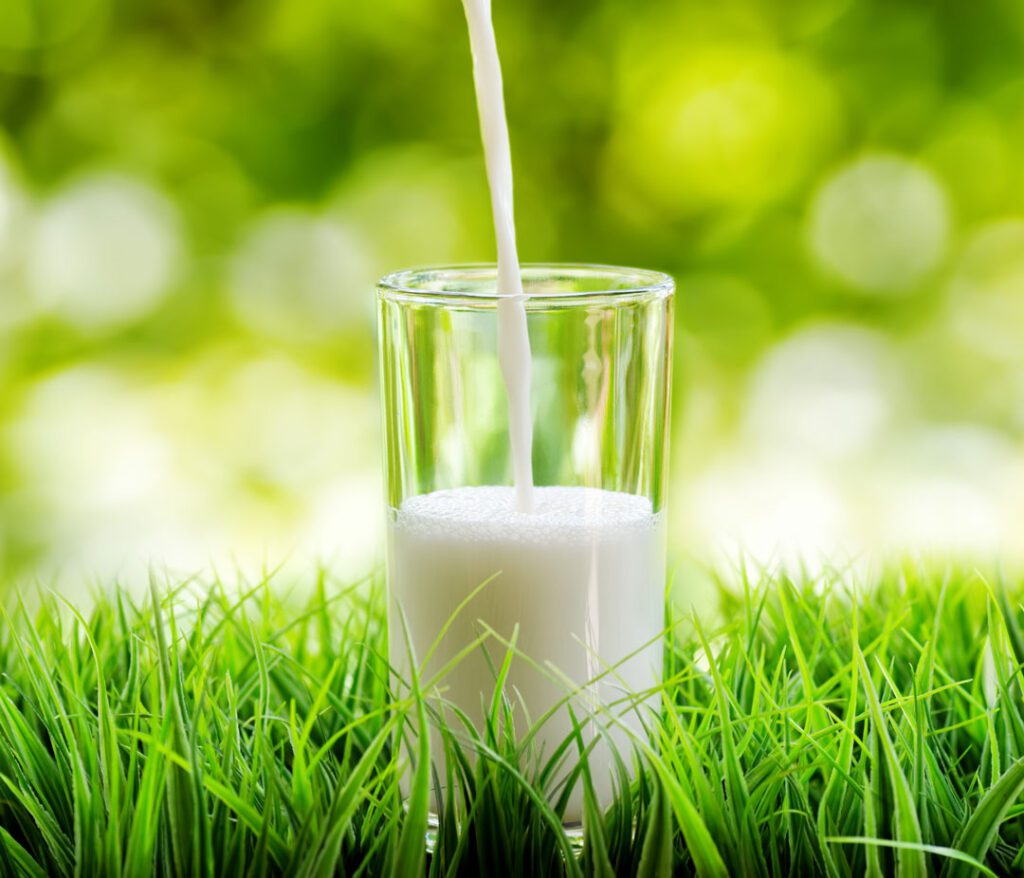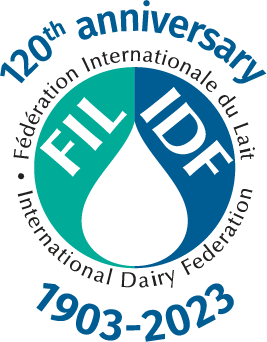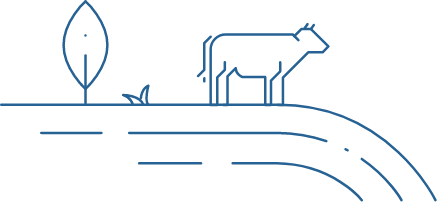Share this page
United Kingdom
Food loss & waste
an ambition for UK dairy


AUTHOR
Henry Clifford Dairy UK • The United Kingdom
Background
Globally, it is estimated that roughly one-third of the food produced for human consumption – approximately 1.3 billion tonnes – is lost or wasted.
The impact of this cannot be understated. Beyond the loss of valuable dairy nutrition, the financial cost of food loss and waste is estimated to exceed $1 trillion every year1, and if food wastage were a country it would be the third-largest emitter of greenhouse gases in the world2.
Food Loss and Waste can occur at every stage from farm to fork, and whilst the predominant causes or sources may vary around the world, the consequences; unnecessary economic, social and environmental burdens are faced by all.
In the UK between processing and the home, an estimated 330,000 tonnes of milk gets wasted each year. Although only 2.2% of UK raw milk production this still accounts for roughly 3.2% of the total food waste footprint of the UK. Whilst losses are reported all along the dairy supply chain the vast majority (90%) is attributed to consumer food waste3.
Our commitment
Recognising the social, economic, and environmental burden of food loss and waste, Dairy UK is committed to reducing food waste at all points in the dairy supply chain, and is working closely with dairy processors and industry partners like WRAP (Waste & Resource Action Programme) to support a step-change in consumer perceptions on food waste.
As a signatory of both the Courtauld Commitment and the UK Food Waste Reduction Roadmap, Dairy UK is committed to helping the UK dairy sector to deliver on its part in achieving Sustainable Development Goal 12.3 and achieving a 50% per capita reduction in food waste by 2030.
Through the Dairy Roadmap4, the UK dairy industry has incorporated these ambitions and has set a series of targets to support this delivery. In addition to targeting a reduction in food waste from dairy processors, we have also set an ambition to increase product and packaging design features that help prevent consumer food waste, recognising the vital role that food manufacturers can play in influencing consumer behaviour.
Monitoring & reporting
Since 2018 the UK Food Waste Reduction Roadmap has provided a consistent framework to define, monitor and report food loss and waste within UK food businesses. Included in this Roadmap is a series of sector-specific guidance documents, including world-leading guidance to assist in monitoring and reporting food loss and waste within dairy processing facilities.
Now embedded within Dairy UK’s annual Environment Benchmarking survey, we are supporting Dairy UK members across over 30 dairy processing sites to acknowledge, track, and report the food loss and waste generated throughout processing.
With every year, the quality of our reporting improves and the latest figures from 2020 estimate that only 1.8% of the milk entering dairies is lost or wasted. Whilst more time is needed to show the progress we have made against our food waste ambitions, early indications show waste is already declining after only two years.
Beyond data, Dairy UK, its members, and a wide variety of industry stakeholders continue to deliver actions and initiatives aimed at reducing food waste across the dairy supply chain. A key avenue for consideration has been waste valorisation and identifying opportunities to use previously discarded dairy by-products, such as salt whey, acid whey and digester sludge.
Driving down food loss and waste is paramount to securing a sustainable food system, and the UK dairy sector is taking action to deliver improvements from farm to fork.
Henry Clifford Tweet
Consumer Food Waste
In the UK most food waste – in the case of milk almost 90% – is attributed to consumers. This poses a unique challenge to dairy businesses aiming to reduce their products environmental footprint, and the sector is constantly exploring opportunities to minimise consumer waste.
Dairy UK frequently supports consumer food waste campaigns developed by WRAP aiming to address this issue, one campaign – Chill the Fridge Out – encouraged consumers to lower their fridge temperature to 5oC, in light of the impact of an incorrect fridge temperature on milk and other food waste.
Changes in product design, packaging, and labelling have also proven valuable in extending shelf life and minimising consumer food waste. Data reported in the WRAP retailer survey shows an increased shelf life of 1.4 days for milk and 17 days for hard cheese, and on-pack chilled storage and freezing and leftover recipe guidance becoming more and more commonplace.
Next steps
The introduction of the dairy specific monitoring framework has provided a vital tool to assess the sectors waste. Moving forward we as Dairy UK will continue to drive uptake amongst dairy processors.
Over the coming year, the UK dairy sector plans to build on this success by encouraging further reductions in food waste along the supply chain. The sector continues to review guidance for open-life and date labelling to ensure this remains in step with the latest science.
The importance of food waste is also central in the industry’s consideration of packaging design, and as the sector reconciles itself with changing consumer demands, the balance of food waste vs sustainable packaging is constantly under consideration.
References
- UK Dairy Roadmap: https://www.dairyuk.org/publications/the-dairy-roadmap/
- Courtauld Commitment 2025: http://www.wrap.org.uk/food-drink/business-food-waste/courtauld-2025
- UK Food Waste Reduction Roadmap: http://www.wrap.org.uk/food-waste-reduction-roadmap
- Retail Survey: https://wrap.org.uk/resources/report/retail-survey-2019
- Food Date Labelling Guidance: http://www.wrap.org.uk/food-date-labelling






